Honda SENSES Hands-Off Driving in Japan
Honda has begun leasing Legend EX sedans with the Honda SENSING Elite safety system in Japan today. The first Level 3 automated technology to be approved in that country, the system includes Traffic Jam Pilot, Hands-Off, and Emergency Stop Assist functions.
What part of autonomous driving is this, being unveiled under the guise of advancing safety and an overarching theme of creating a collision-free society? Honda says Elite is the next generation of Honda SENSING, safety, and driver-assistive tech already available on Hondas worldwide.
Traffic Jam Pilot isn’t what’s playing on your Pilot’s infotainment system, it’s what the company is describing as conditional automated driving in limited areas. Apparently, Honda has demonstrated the ability of the Legend EX to get you out of a jam when the roadway becomes congested, using an automated driving system that takes over in this situation. Demos being what they are, usually under controlled conditions and not out on say, where the I-5 and I-405 come together in Irvine, California, it nonetheless satisfied the ministers of Land, Infrastructure, Transport and Tourism (MLIT) in Japan, the equivalent to our National Highway Traffic Safety Administration (NHTSA).
How so? Honda uses vehicle positioning and data from three-dimensional high-def maps and the global navigation satellite system (GNSS), while the EX’s 360-degree external sensors are also providing input. Simultaneously, the system monitors your level of consternation via a camera inside the vehicle.
Assessing all this information, the main electronic control unit (ECU) recognizes the situation you’re in, anticipates possible outcomes, and then applies what they are calling a high level of control over acceleration, braking, and steering to get you out of the mess you’re in. Its implementation has me wondering if a Toyota I drove recently with assisted braking that stopped for no reason while I was driving can be overridden, or if Elite follows Hertz’s longtime slogan, and expects you’ll ‘leave the driving to us’?
What development was done to get to this point? 800,000 miles, using 10 million simulated situational patterns, and real-world demos conducted on expressways. You have to wonder how much of each, sim versus actual highway miles, Honda racked up to reach that total. They did integrate the sensors into the exterior design, so it’s less obvious that this is an EX driven for you, and not by you.
Hands-off driving requires activation of the adaptive cruise control with low-speed follow and lane-keeping assist. Once unspecified conditions on the highway are met, the system will assist in driving when you have your hands off the wheel. In-lane driving is assisted driving within recognized lanes, placing your EX squarely in the middle at a pre-set speed. Once another vehicle is detected in front of you, adjustments are made to maintain a safe distance. Active lane change assist is when you use adaptive in-lane driving, confirm it’s okay to change lanes by activating the turn signal, and the EX takes over with throttle, braking, and steering input to complete the lane change.
This can also be accomplished, by the way, if you allow the system to make the assessment for you to change lanes or pass other vehicles. A slower vehicle ahead may cause the Legend to pass on its own, and then return to the lane. Hopefully, it hasn’t jammed the vehicle you just passed, creating a pile-up in your wake.
Emergency stop assist takes over if you’re unresponsive to multiple requests from the system to take control back. ‘Alert, alert’ says the system, and then it decides the rate of deceleration for you, stopping the EX by making lane changes to either the slow lane or the shoulder, possibly on a busy interstate freeway, although I don’t know how congested traffic gets in Tokyo at its peak. SENSING Elite can apparently be quite demanding if you don’t take over when it says so.
There are visual, auditory, and tactile alerts, followed by escalating alarm sounds, and even vibrations on your seatbelt. Further unresponsive behavior, meaning the driver is otherwise impaired or ignorant of the warnings, will not only result in stopping on the shoulder or slowing way down in the slow lane, but it will also light up the hazard lights and sound the horn to warn other motorists of your inability to take the wheel. When all the indicator lights go from blue to orange, that’s the visual cue that it’s entirely up to you to stop playing with your mobile device or reading the Asahi Shimbun newspaper and pay attention to the road and the vehicles around you. Orange signals the end of the autonomous highway, at least temporarily.
[Images: Honda Motor Co.]
With a father who owned a dealership, I literally grew up in the business. After college, I worked for GM, Nissan and Mazda, writing articles for automotive enthusiast magazines as a side gig. I discovered you could make a living selling ad space at Four Wheeler magazine, before I moved on to selling TV for the National Hot Rod Association. After that, I started Roadhouse, a marketing, advertising and PR firm dedicated to the automotive, outdoor/apparel, and entertainment industries. Through the years, I continued writing, shooting, and editing. It keep things interesting.
More by Jason R. Sakurai
Latest Car Reviews
Read moreLatest Product Reviews
Read moreRecent Comments
- UnoGeeks Great information. Unogeeks is the top SAP ABAP Training Institute, which provides the best SAP ABAP Training
- ToolGuy This thing here is interesting.For example, I can select "Historical" and "EV stock" and "Cars" and "USA" and see how many BEVs and PHEVs were on U.S. roads from 2010 to 2023."EV stock share" is also interesting. Or perhaps you prefer "EV sales share".If you are in the U.S., whatever you do, do not select "World" in the 'Region' dropdown. It might blow your small insular mind. 😉
- ToolGuy This podcast was pretty interesting. I listened to it this morning, and now I am commenting. Listened to the podcast, now commenting on the podcast. See how this works? LOL.
- VoGhost If you want this to succeed, enlarge the battery and make the vehicle in Spartanburg so you buyers get the $7,500 discount.
- Jeff Look at the the 65 and 66 Pontiacs some of the most beautiful and well made Pontiacs. 66 Olds Toronado and 67 Cadillac Eldorado were beautiful as well. Mercury had some really nice looking cars during the 60s as well. The 69 thru 72 Grand Prix were nice along with the first generation of Monte Carlo 70 thru 72. Midsize GM cars were nice as well.The 69s were still good but the cheapening started in 68. Even the 70s GMs were good but fit and finish took a dive especially the interiors with more plastics and more shared interiors.


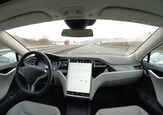
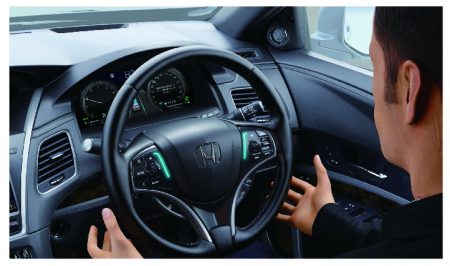












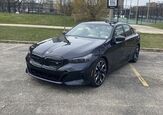





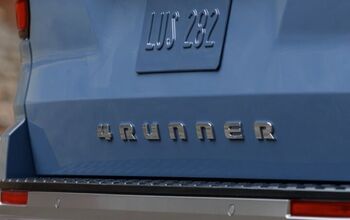
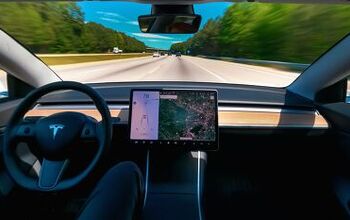
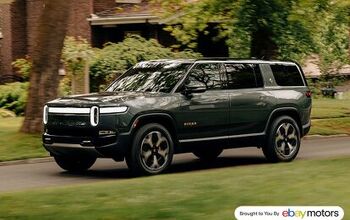
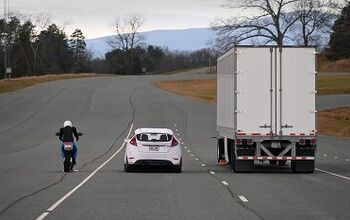
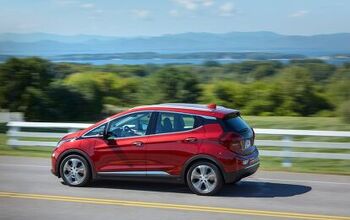
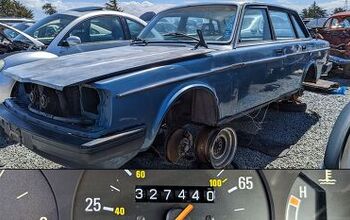
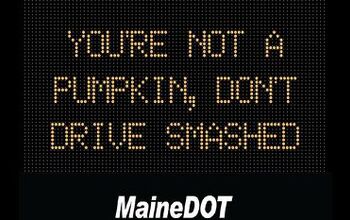
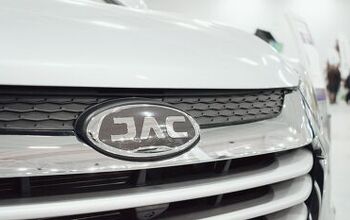
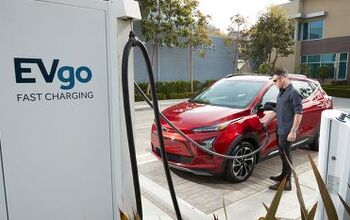
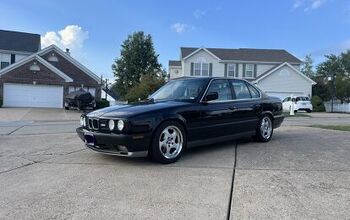
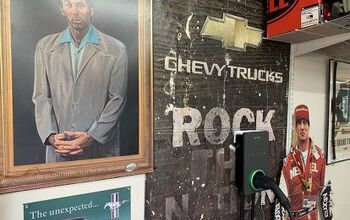
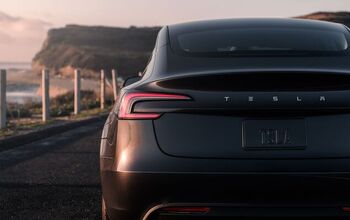
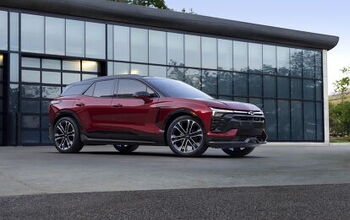
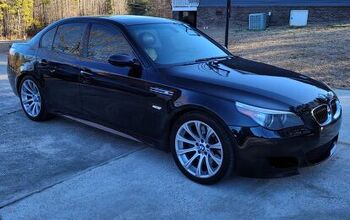
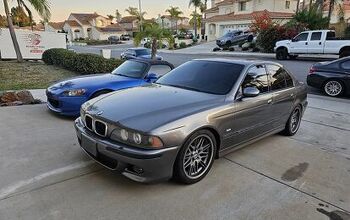
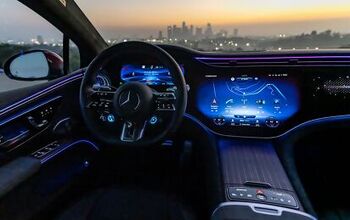
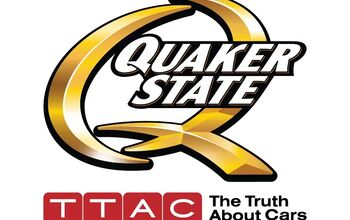

Comments
Join the conversation
Level 3 should protect a disabled driver (heart attack, stroke, diabetic coma, and all those around them by safely pulling to the curb, stopping the car and contacting emergency services. When the driver to does not respond to the cues from the ECU it might be more than the typical "distracted driver"
I would like to see a compairson of automated driving systems from Tesla, GM and I guess now Honda.